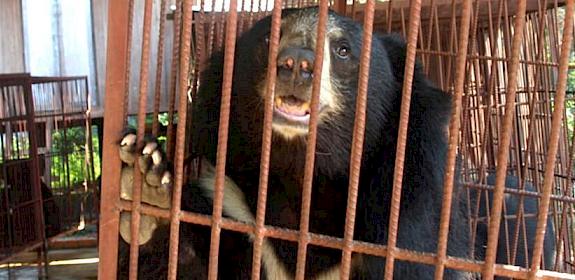Asian Otters: CITES parties approve highest trade protection levels
Geneva, Switzerland, 26th August 2019—two Asian species of otters have received the highest levels of trade protection measures after Parties to the Convention on International Trade in Endangered Species of Wild Fauna and Flora (CITES) currently meeting in Geneva voted today to include both within Appendix I of the Convention. An Appendix I listing means commercial international trade is not permitted.
Parties have chosen to list both species within Appendix I of the Convention as a precautionary measure. The levels of international trade are little known for either the Small-clawed Otter or the Smooth-coated Otter, but research undertaken by TRAFFIC in collaboration with the IUCN Otter Specialist Group and other partners has found both species severely impacted by illegal trade in several Asian markets.
They include a study published in October 2018 that found a boom in demand for otters as pets in Japan, particularly the Small-clawed Otter, linked to rising numbers of “otter cafés”, high-profile television programmes featuring otters and celebrities, and the popularity of otter pet “superstars” on social media platforms.
An earlier study revealed how the online pet trade had emerged as a pressing threat to otters in Southeast Asia, with a minimum of 734 and a maximum of 1,189 otters for sale between January and April 2017 on social media websites in the region. More than over 70% of the animals offered for sale were less than a year old.
“Although the levels and impact of international trade on these otter populations are poorly known, the decision to list Small-clawed Otter and the Smooth-coated Otter in Appendix I could spur enforcement efforts,” said Kanitha Krishnasamy, TRAFFIC’s Director for Southeast Asia.
“Critically, these decisions provide strong grounds for governments to investigate fully any claims of captive breeding operations and prevent illegal trade and laundering of wild caught otters.”




